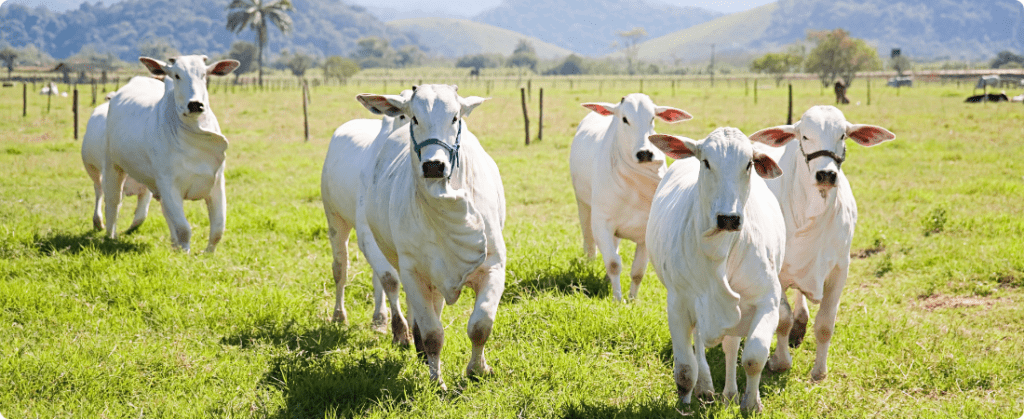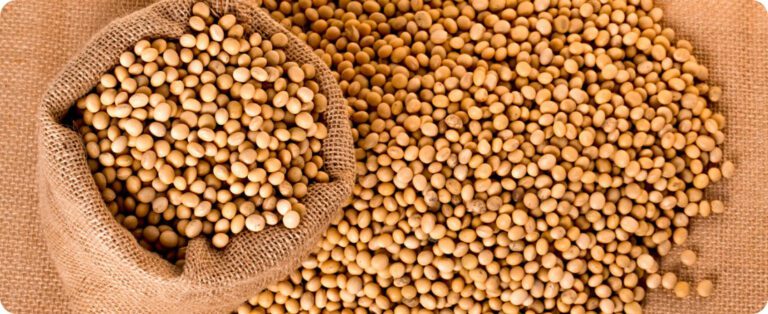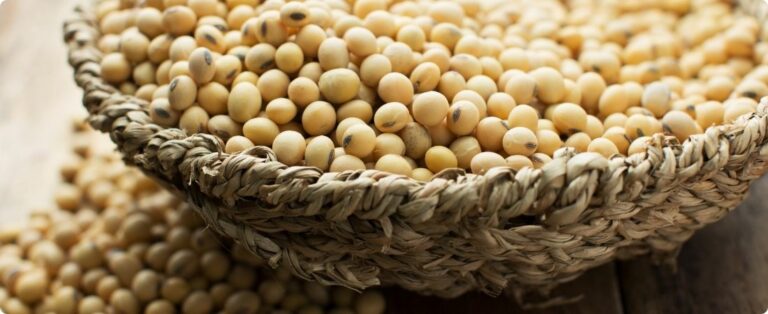
The first quarter of 2024 saw a drop in the volume of cattle in Brazil, and the market is expected to register even greater negativity in the second quarter of the year, when the harvest will reach its peak. The statement was made by Safras & Mercado analyst and consultant, Fernando Iglesias, during the 7th edition of Safras Agri Week, free online event that takes place between March 26th and 28th.
According to Fernando, the recommendation is that producers use protection tools for the second quarter of the year, already thinking about the drop in prices that the market must face. “We are experiencing a large volume of animals being offered in this first quarter. There is a tendency for this to affect margins and profitability, making a huge difference when it comes to closing the accounts”, he points out.
Moving on to the international market, Iglesias highlights the enormous role in China's purchases of beef from Brazil. According to him, for Brazil to achieve a pleasant economic performance, the Asian giant must also be in order.
China's economic challenges in 2023
“There have been difficulties in China that have been going on since 2023. The main industries were trying to combat inflation and, therefore, they offered higher interest rates. However, with China it is different: the country needs to revive the economy, with lower interest rates and cheap credit”, he explains. “The problem with keeping interest rates low is that it causes the currency to devalue. The Chinese currency is quite devalued at the moment. With China being a major international importer of commodities, with leadership in several sectors, the global market sees Chinese producers lowering prices in dollars to compensate for this devaluation”, says Iglesias.
Iglesias continued the talk by saying that in the first quarter, with the consumer lacking capital, the demand for more affordable meats, such as chicken and sausages, is considerably greater. Beef prices are more inaccessible for a large part of the population, putting pressure on prices during this period. The consultant also highlighted the animal nutrition scenario, which has several alternatives on the market and lower prices.
“The cost of confinement is relatively low in Brazil. What matters, however, is a potential drop in B3 futures, making this confinement less attractive. This causes the producer to put the brakes on and not make intensive investments this season. The behavior of confinement, in general, will depend a lot on future prices in April and May”, highlights the analyst.
Replacement market and cattle prices
The large volume of females being offered in the first quarter, for Iglesias, is also a significant point for the drop in prices. The disposal of matrices continues to be very present in Brazil at the beginning of the year. Furthermore, the replacement and calf prices are attractive. “Those who work with fattening need to check the acquisition of replacements, exploring the favorable exchange ratio and investing at this time. The significant culling of females will have an effect in the medium and long term, including. Current calf prices will no longer be so low from the second quarter onwards and in 2025”, he warns.
Finally, Iglesias' expectation is that Brazil will record a record slaughter volume and production in 2024. It was possible to observe a month of February with the highest level of slaughter in history, increasing 31.33% in relation to the same period in 2023. growth in female slaughter, in the year to date, was 33.6%. Domestic availability, on the other hand, is expected to fall by 1,99%.
“The replacement market has many opportunities for investment, both for breeding and fattening. The Brazilian producer has invested a lot inside the gate, but needs to be professional on the outside too, in order to protect the investment made in the sector. The big problem, however, is that we will not have such pleasant prices in 2024. Exports will play a fundamental role in reducing domestic supply, which is very harmful to prices in Brazil. However, in short, the country will sell a lot of meat this season”, concludes the analyst.
Source: Pedro Carneiro | Crops & Markets















